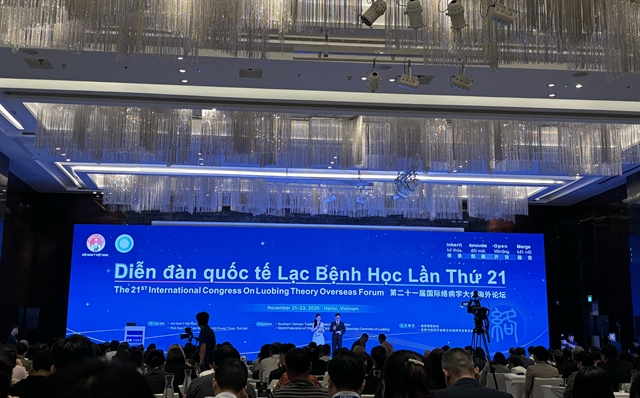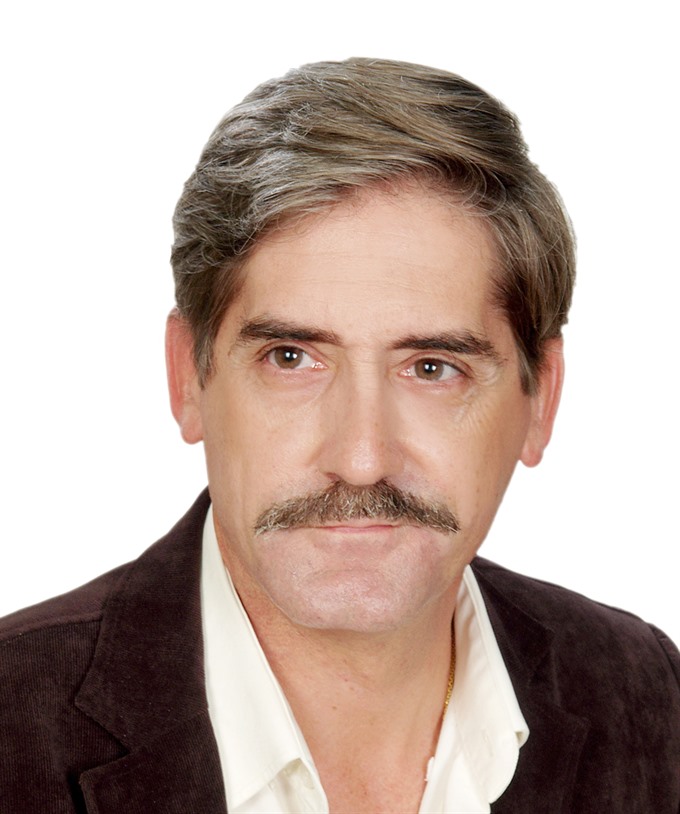

Teed Off with Robert Bicknell

|
By Robert Bicknell
Well, it didn’t take long after the loss to Team Europe for the finger pointing to begin by the American side, especially Phil Mickelson, who spared the captain and other players, but blasted the golf course itself.
"The fact is they had brutal rough, almost unplayable, and it’s not the way I play," Mickelson told reporters following a first-round 65 at the Safeway Classic, the first event of the 2018-19 PGA Tour season. "I don’t play like that. And here I can miss the fairways, I can get shots out of the rough up on the green and it’s playable."
"The fairways were 14 to 16 yards wide. The fact is they had brutal rough, almost unplayable and that’s not the way I play," he added. "And I’m 48. I’m not going to play tournaments with rough like that anymore, it’s a waste of my time. I’m going to play courses that are playable and that I can play aggressive, attacking, make a lot of birdies, style of golf I like to play."
The takeaway from this is Mickelson’s comment that: “he’s used to playing courses that allow low scores and many birdies…”
And that’s the secret nobody talks about…
In a nutshell, the European Tour and the US PGA Tour set up their courses much differently. The European Tour set up isn’t all that different from a normal day at the golf course, whereas the US Tour sets up their course to promote low scores and lots of birdies.
After all, televised sports are primarily entertainment and the PGA Tour is a gigantic marketing engine whose main purpose is to drive equipment sales and encourage more people to play golf.
It also explains why players scream like hell about US Open conditions…
When Deane Beman took over a Commissioner of the PGA Tour in 1974, he had a strategy of increasing the marketability of professional golf and was responsible for increasing the prize purses and television coverage of the Tour.
He had a brilliant strategy, but for it to work, the players on the Tour had to be seen as “the best in the world”. Now, granted, those guys were damn good as is, but Beman knew that nobody wanted to see their favorite player struggling to get out of a bunker due to a ridiculous plugged lie or fried egg and demanded that any course wanting to host a PGA Tour event must be groomed to Tour specifications, and that meant no fried eggs in the bunkers.
Back then, most golf courses got their bunker sand from the nearest quarry and the quality varied not only from club to club, but even from bunker to bunker. So, Beman found the best sand specifications and insisted Tour courses adhere to it.
Next time, watch the pros in the bunkers on the US PGA Tour… you will almost never see a fried egg or buried lie, unlike what happens in the US Open or Open Championships.
Roughs needed to be reasonable to allow players to make dramatic saves as well.
So, yes, Mickelson does have a point in that the courses in Europe play quite differently than the “target golf” set ups in the US. But that’s why the Ryder Cup is played on both continents and if you look at the records since 1999 (when Tiger Woods first appeared) you’d see that Europe won five times at home and only once in the US. On the other hand, the US won three times at home and only once in Europe.
So, home course conditions are definitely an advantage, but it’s not the sole deciding factor as all of those guys on the Ryder Cup teams can play great golf.
The difference is who can adapt to the playing conditions better.
If you look at the winners of the Open Championship since 1999 as an example, Americans have won the Claret Jug ten times, a European seven times (Yes, I included Sweden in there), so the concept of American players not being able to compete on European style courses is simply untrue.
The bottom line is that those guys are really good, but in the end, the PGA Tour is sports entertainment and we should just sit back and enjoy the show.
When we want to see golfers struggle, we have the US Open… VNS